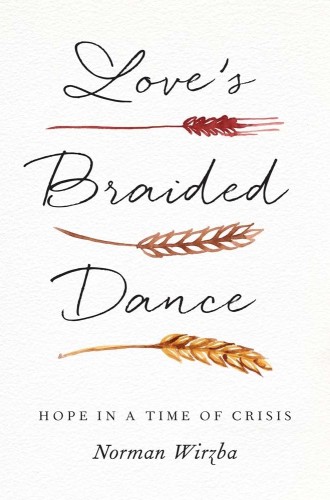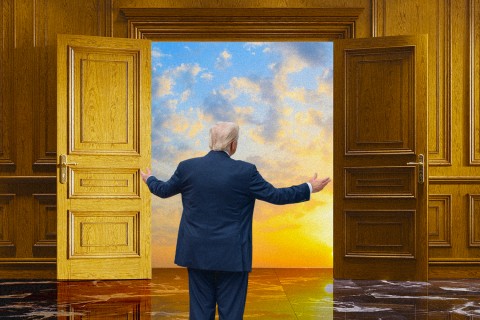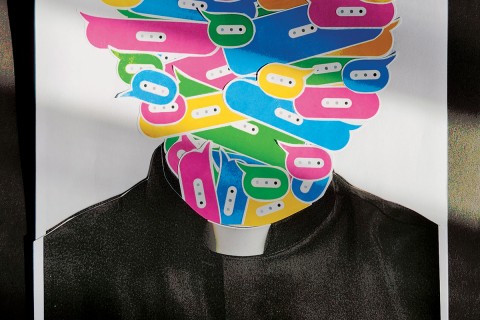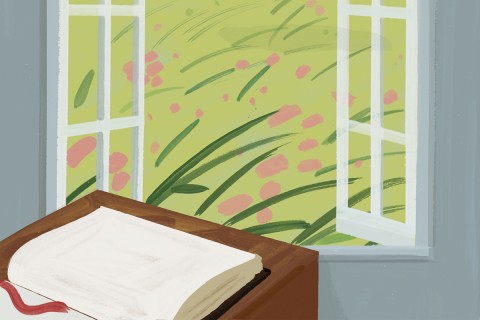Hope as an act of love
Theologian Norman Wirzba’s account of hope is compelling precisely because it is so grounded in harsh reality.

Love’s Braided Dance
Love’s Braided Dance
In recent decades, apathy and despair have come to permeate the global mood. From climate change to the rise of anti-democratic movements, it is tempting to tell the same story: things are getting worse with each passing day. Hope—traditionally a Christian virtue—appears to be on shaky ground. But maybe hope is not as distant as it seems. Maybe if we better understand hope, we can work toward growing it together. This is the argument Norman Wirzba makes in his reflective new book, Love’s Braided Dance.
Wirzba, a theologian at Duke Divinity School who works on ecological and agrarian issues, sketches a bold vision of hope not as a naive belief that things will get better, but as a shared act of love. Drawing from a series of real and hard-hitting stories across the globe—the global refugee crisis, apartheid South Africa, and the sexual violence following World War II, to name a few—Wirzba’s book is less a systematic account and more a kaleidoscope that reveals “the experiences and journeys” of hope for different people and places. By that measure, Love’s Braided Dance is a clear success, proving the possibility of hope and charting a way forward for our seemingly desperate times.
Although Wirzba’s topic is hope, he is no starry-eyed optimist. While most people tend to think of optimism and hope as synonyms, Love’s Braided Dance aims to shatter this notion. Optimism, Wirzba says, “often works against hope” as it downplays injustice and assumes the horrors of the world will go away on their own. Hope, on the other hand, is “a way of being in which people commit themselves to the healing of our wounded world and, in so doing, communicate a future that is worth striving for.” True to this distinction, Wirzba confronts story after story of injustice and grief. He treats each story with great care, handling trauma with respect for the people involved and an insistence that we must work together to build a better world. Heavy as these stories may be, a life-affirming vision of hope emerges from them, proclaiming the goodness of creation in the face of horror. Wirzba’s account of hope is compelling precisely because it is so grounded in harsh reality. Readers who have grief and trauma of their own can take comfort in Wirzba’s vision, which stands as a powerful antidote to the easy greeting-card hope that papers over pain.




